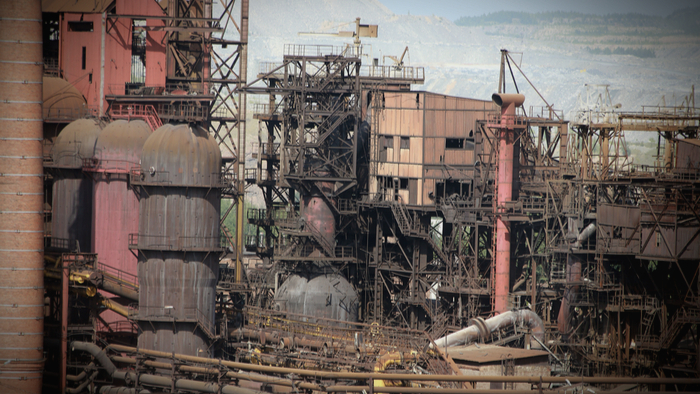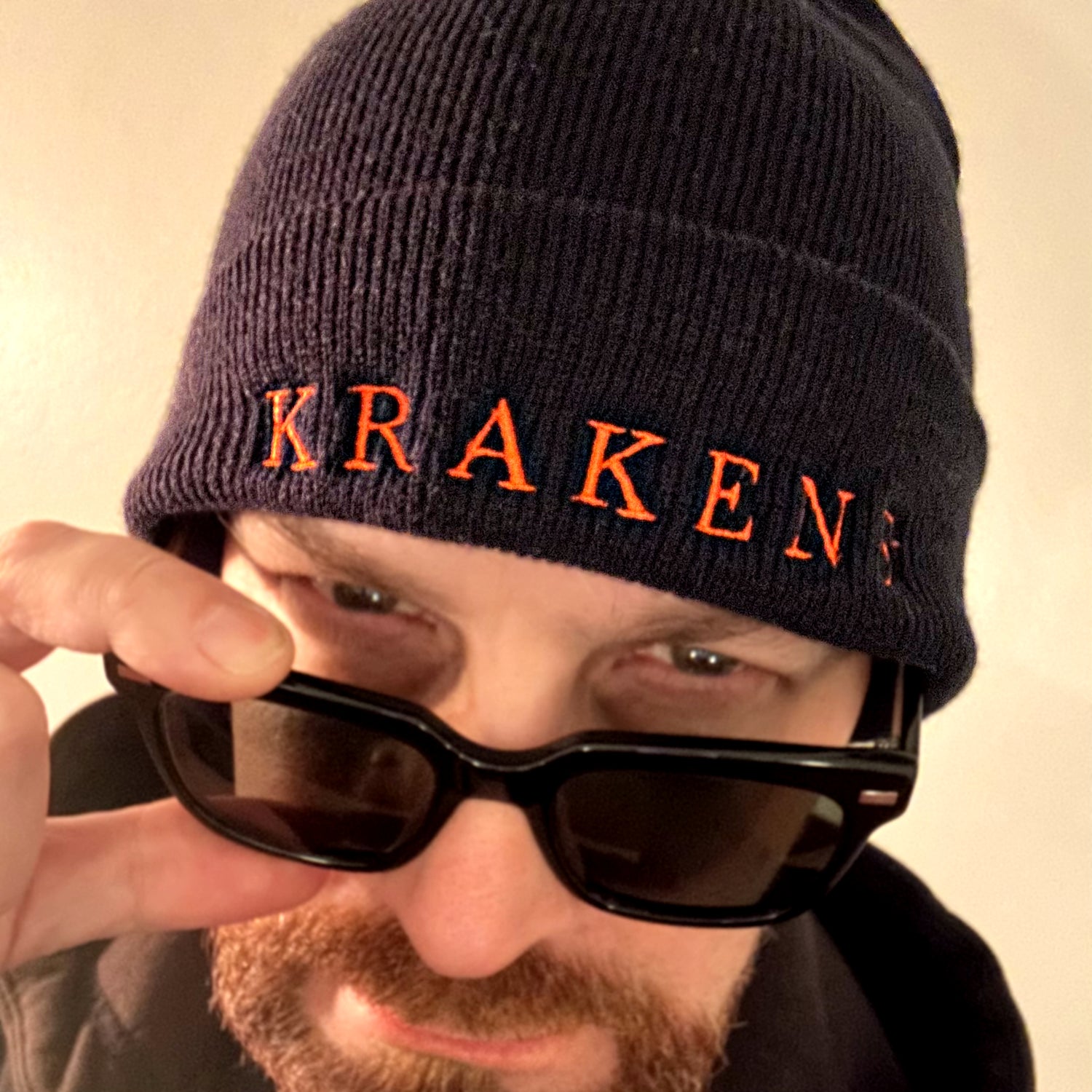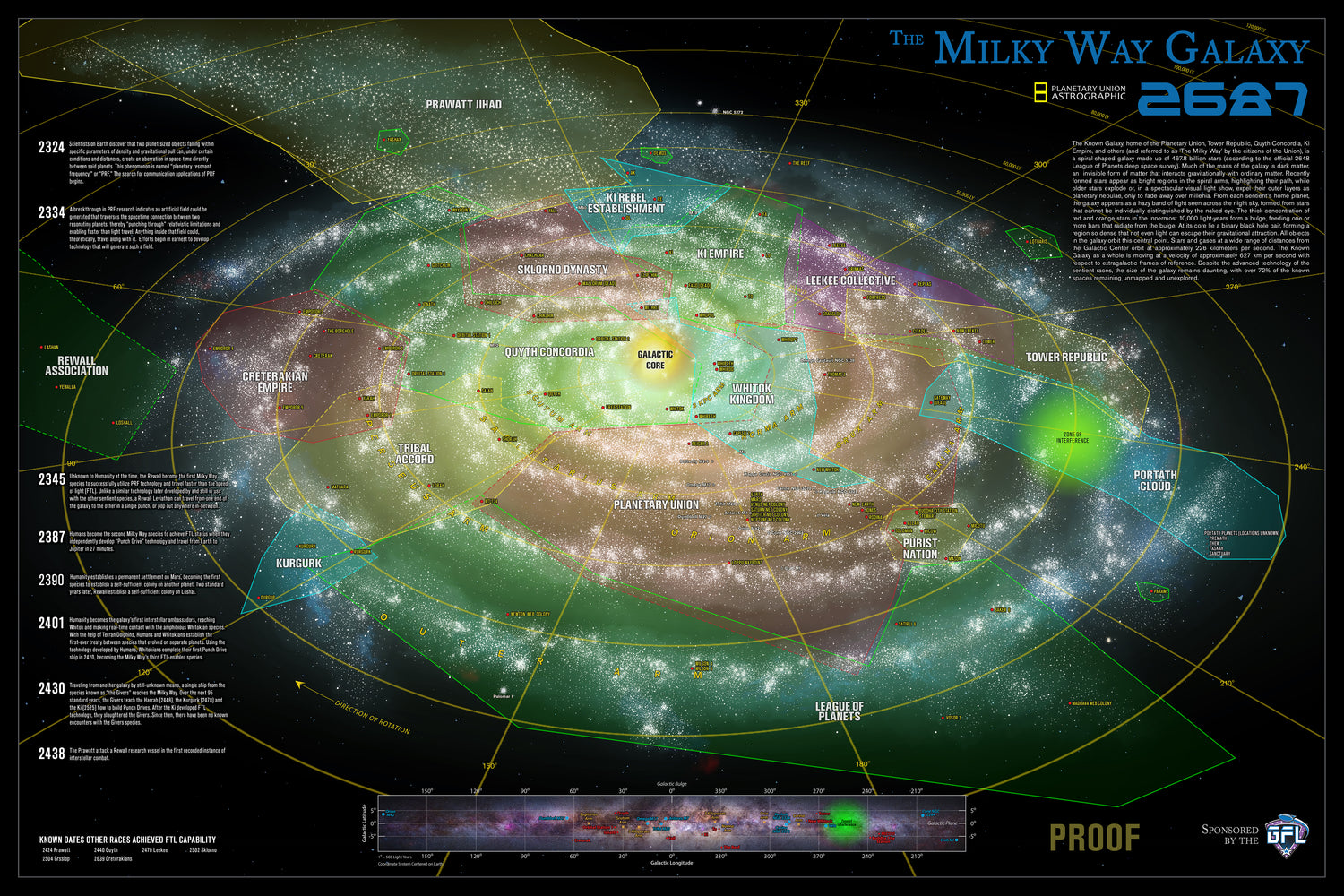At the time I write this post, we're at Episode 19: Dollars to Donuts of SLAY Season One (or in other words, "SLAY 120").
SLAY is an experiment, a story for which I write an episode and podcast it in the same week. It's storytelling without a net. While I'm now tailoring the the narrative toward a whiz-bang ending somewhere around Episode 30, I'm still largely making it up as I go.
Because of that, I can both change things as I go ("retconing") and gather reader feedback to see how I might change things for the final print, eBook, and audiobook versions.
In other words, feel free to give me your thoughts in the comments.
If you haven't noticed, the first 19 episodes of SLAY do not specify in what city the action takes place. This has been the subject of much consideration and gnashing of teeth, for reasons I'll spell out below. I finally decided the city needed to be a fixed place, and that place is fictitious — welcome to Lumencia, a city somewhere in the Rust Belt area of the USA.

There are plenty of places in Lumencia that look a lot like the above pic.
HOW DIS HAPPEN, FDØ?
When I started SLAY, I didn't know what to do about a city setting. Some urban fantasy titles (like the Dresden Files, the House of Night series, and the Iron Druid Chronicles) are set in existing cities. Others (like the Southern Vampire Series, the Jill Kismet series, and the Batman franchise) are in fictitious settings.
Both types of setting have advantages and disadvantages. Here's some examples of both:
REAL CITY PRO: REALITY
In a real city, like San Francisco in NOCTURNAL, the reader can follow along with Google maps, see photos of significant buildings, parks, river fronts, etc. For those who love that kind of detail, it makes the action more realistic.
REAL CITY CON: REALITY
The author needs to know some basics about the city, lest he piss off the locals (and experienced tourists) and take them out of the story with a factual error. Also, what is current in, say, San Diego today might look completely different or be gone in 2033. Not a big deal, but it means the time put into that research is no longer valid.
FAKE CITY PRO: BULLETPROOF
With a fictitious city, you can't get anything wrong. While you can mess things up and contradict yourself down the road, it's impossible to screw something up right out of the gate. That gives the storyteller immense freedom — the author can create a new thing whenever it's needed (like the train station in SLAY Episode 16: The Trifecta).
FAKE CITY CON: NON-REALITY (a minor one)
Readers can not place the action based on their having visited the place, and/or looking at maps, pics, vids, etc.
FAKE CITY CON: TOO MANY FAKE CITIES?
I was hesitant to use a fake terrestrial city because the city of Cordis will play heavily in the SLAY series. I have to get you used to one fake city already, now another? It could cause confusion in what belongs in which fake city.
NON-SPECIFIED CITY PROS AND CONS:
When I started the story, I didn't name the setting, I simply referred to it as "the city." In it, I talked about the kind of places every city has, such as "downtown" or "the financial district." This works for things like the train station, the central library, the river, the warehouse district, etc. Readers knew I wasn't referring to a particular city, but they likely catch the gist of what these places are all about within the story. If Lincoln has to chase a werewolf from an uptown gala all the way through the projects for a final showdown at the stadium parking lot, you know what those areas are like without me having to specify them.
I may still go back to a non-named city when the final story comes out. I'm not 100% sure how to handle it yet.

How can I look at a pic like this and not have a fight scene in a place just like it? I can't. The answer is, "I can't."
HOW THE FAKE PROS WON OUT:
In the SLAY setting, Lincoln and others can travel via mystical means to many places in the world, including most large cities. Got an old stone building with a bathroom? Characters can probably go there.
So if I want a scene in Yankee Stadium, I don't have to set my story in NYC. When Lincoln's monster-hunting endeavors get rolling, I have the option of action in my fictional city of Lumencia, or action you can track on a Google map if you're so inclined.
Therefore, making up a city gives me the best of both worlds. I get to plow forward in the story without spending hours looking up details that only a handful of readers really care about, I don't take people out of the story with egregious geographical mistakes. If I want to slay-play in a famous place, I still can. Watch out when the Lepoards head to MetLife Stadium for that Monday Night Football tilt against the Jets, amiright?
NITTY GRITTY
I think making up a Rust Belt city gives me the oppressive setting I want, but doesn't bog me down in detail. SLAY has a ton of comedic relief, but it is a dark urban fantasy, full of drugs, booze, crime, and thousands of lost souls that no one cares about. Lumencia is not the "City of Light" it started out as, just as Detroit is no longer the "Paris of the Midwest" it once was.
A Rust Belt vibe helps in the settings department. Does Tempe, AZ have places in the urban center that look like the pic below?

I doubt it, but Detroit does. So does Milwaukee. And Gary, IN. And Cleveland, Pittsburgh, Cincinatti, Baltimore, Scranton... you get the idea. These are not cities where storytellers usually put the glitz-and-glam of the ultra-wealthy hobnobbing with movie producers, international jet-setters, oil oligarchs, etc. No, places like this are where you get stories such as THE SHIELD, ROBOCOP, THE MOTHMAN PROPHECIES, MYSTIC RIVER, and so on. That shadowy, oppressive vibe, as if the city itself casts an thin-but-unbreakable net over everyone to keep them held in place while life and the powers that be pick away at them like the eagle pecking at the liver of Prometheus.
WELCOME TO LUMENCIA!
So there you go, the reasons why I'm making this first big retcon to SLAY. What do you think? Does this change the story at all for you? If you care to share, lemme know in the comments.
SOME CITY DETAILS (so far)
SPORTS TEAMS:
- NBA: Lumencia Lancers
- NFL: Lumencia Leopards
- MLS: Lumencia FC
- NHL: Lumencia Toads (ECHL, Nashville Predators affiliate)
- MLB: None
Thoughts? Should the NFL team be IFL or XFL? What's better for storytelling, a big ol' NFL team or a smaller-market operation?
LOCAL BUSINESSES & CHAINS
- Carney's Grocery (hat-tip to Justin Robert Young and the Diamond Club crew <.>).
"REBIRTH OF THE BELT"
"But FDØ," you say, "aren't Rust Belt cities making a big comeback?" Yes and no. There are downtowns that have recovered, some that are still recovering, and huge swaths of many previously depressed areas that have been revitalized (and in many cases, heavily gentrified).
That said, there are plenty of places in the Detroit area, Chicago metro, and especially some of the smaller Rust Belt cities that look like war zones. Recovery is slower to reach some places that others, and you can put Lumencia near the end of that list.
BUT THERE ARE ALWAYS RICH PEOPLE!
Yup. And Lumencia has them by the truckload. Kellius Droman is one of the richest people in the city. You'll see more of him in the future, as well as plenty of cats so fat they could be a Batman's supervillains-in-waiting, just a chemical spill here or a freezer stint there from pumping serious steroids into the crime game.
IT CAN'T ALL BE RUINS, RIGHT?
Correct. Lumencia has a ton of members-only-type places. Private clubs. Five-star restaurants. Gated communities. Mansions on the outskirts. Penthouses. You will be seeing some of those as well, and lemme tell you, pal, those are not places where Lincoln, Magda, or Billy would fit in. Ariella would, though. She knows her business.



